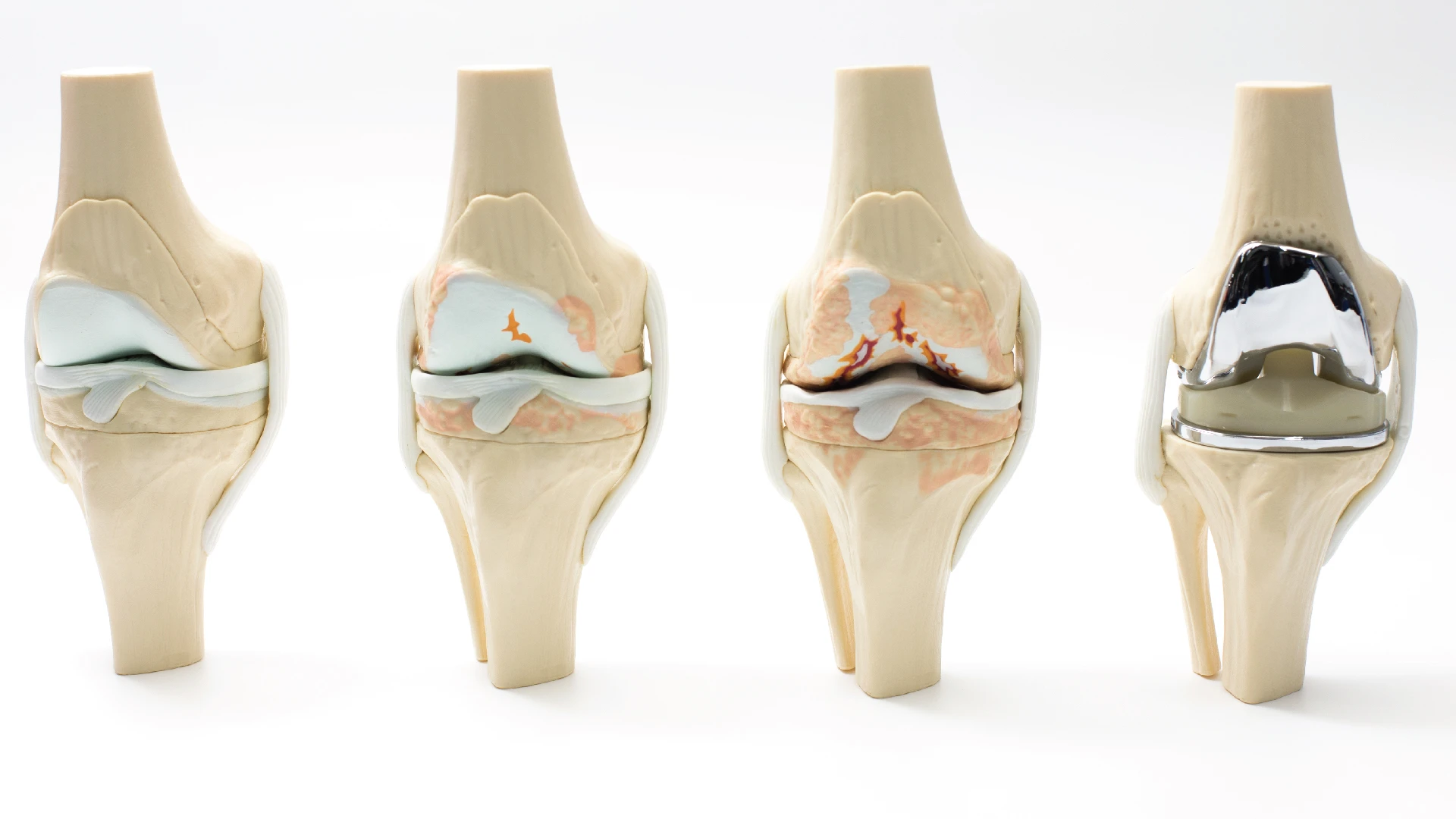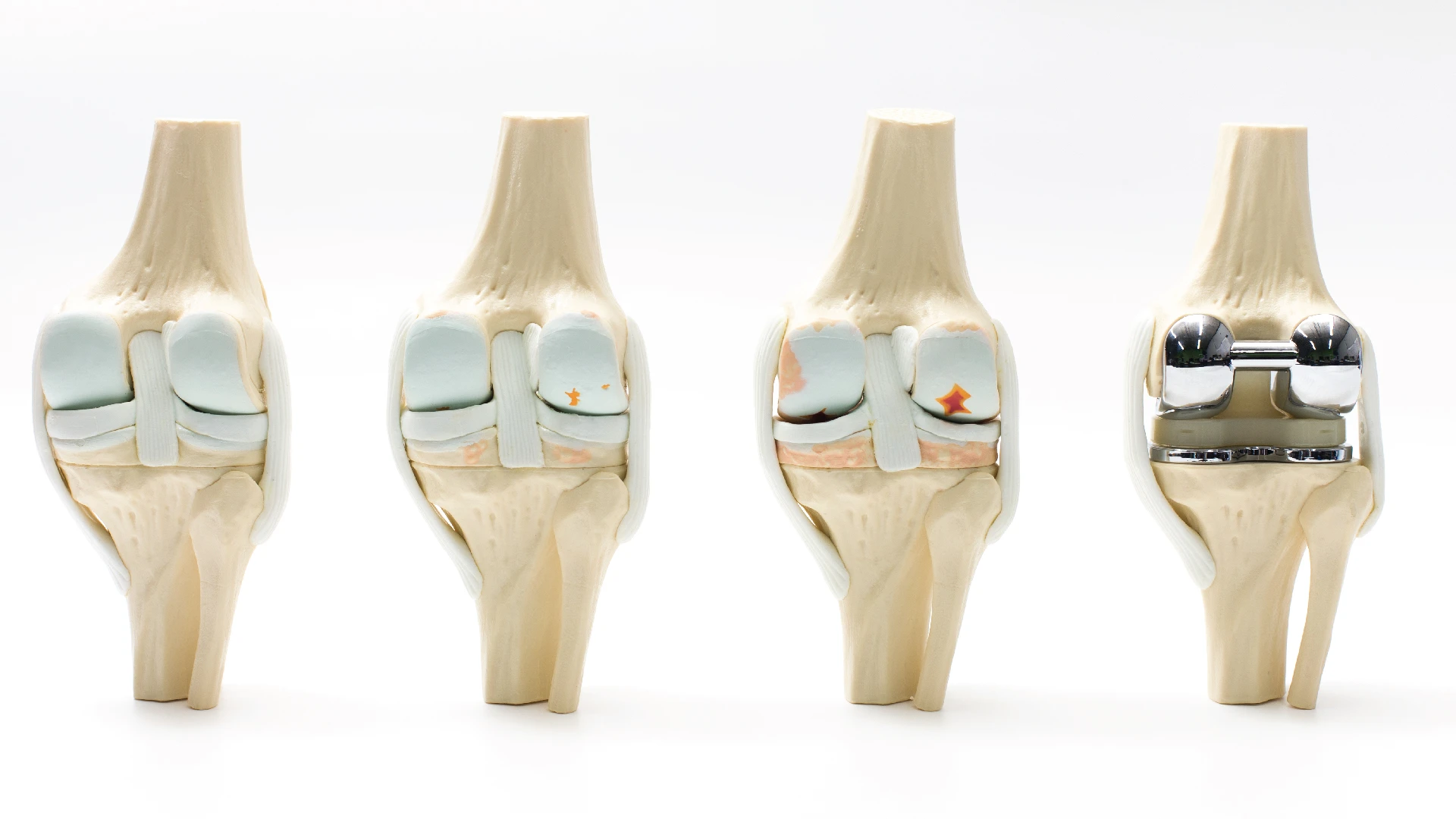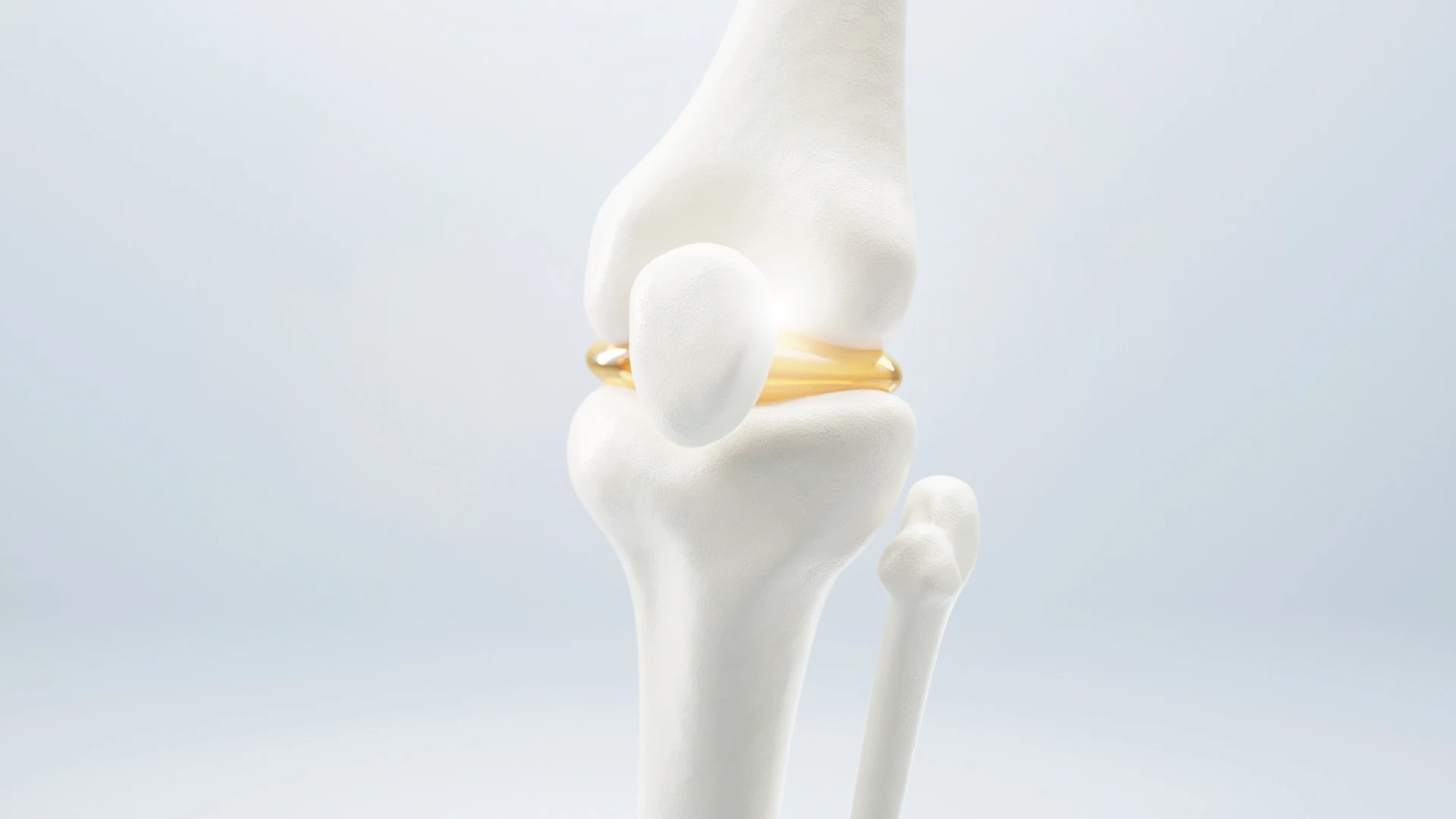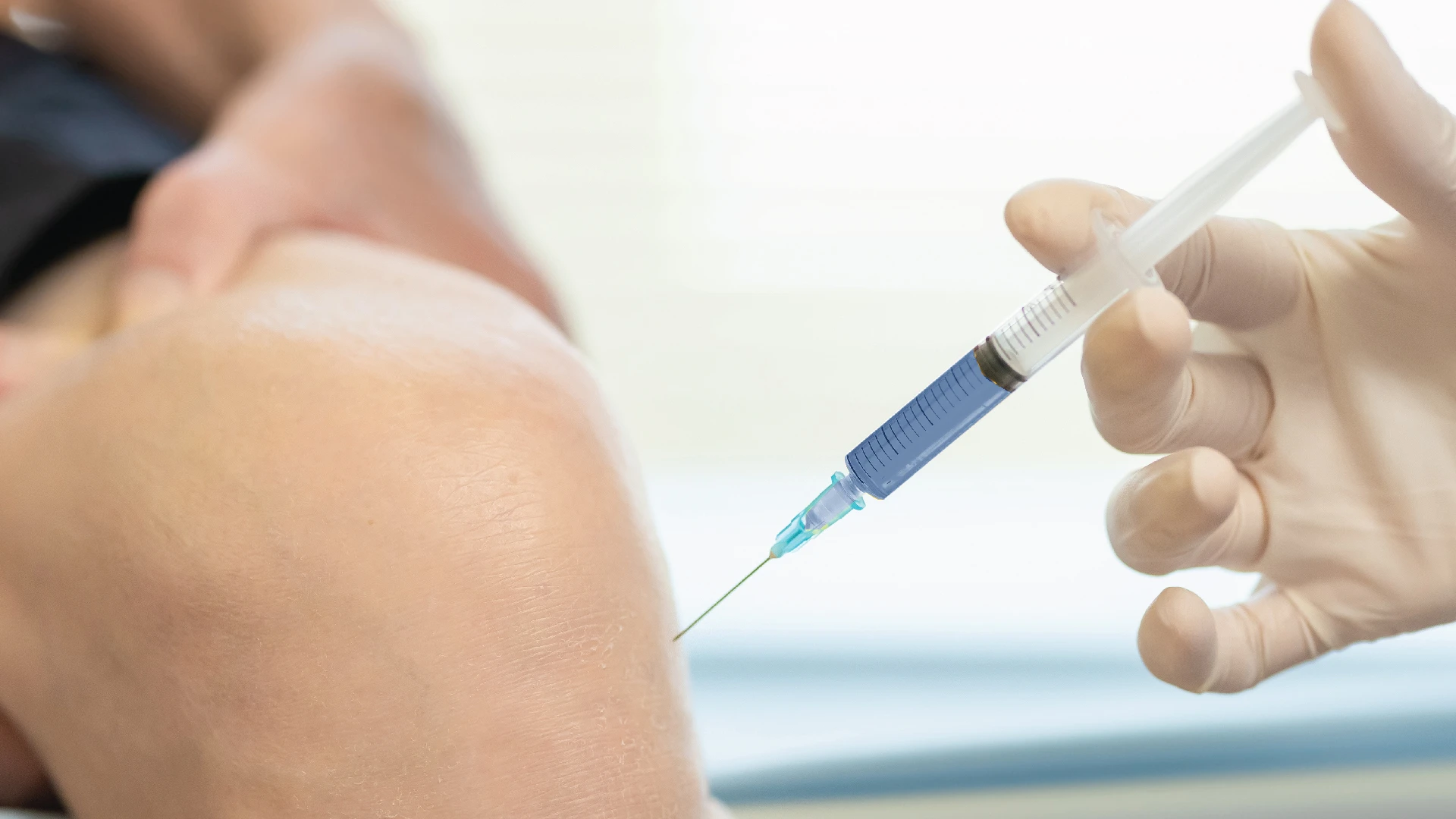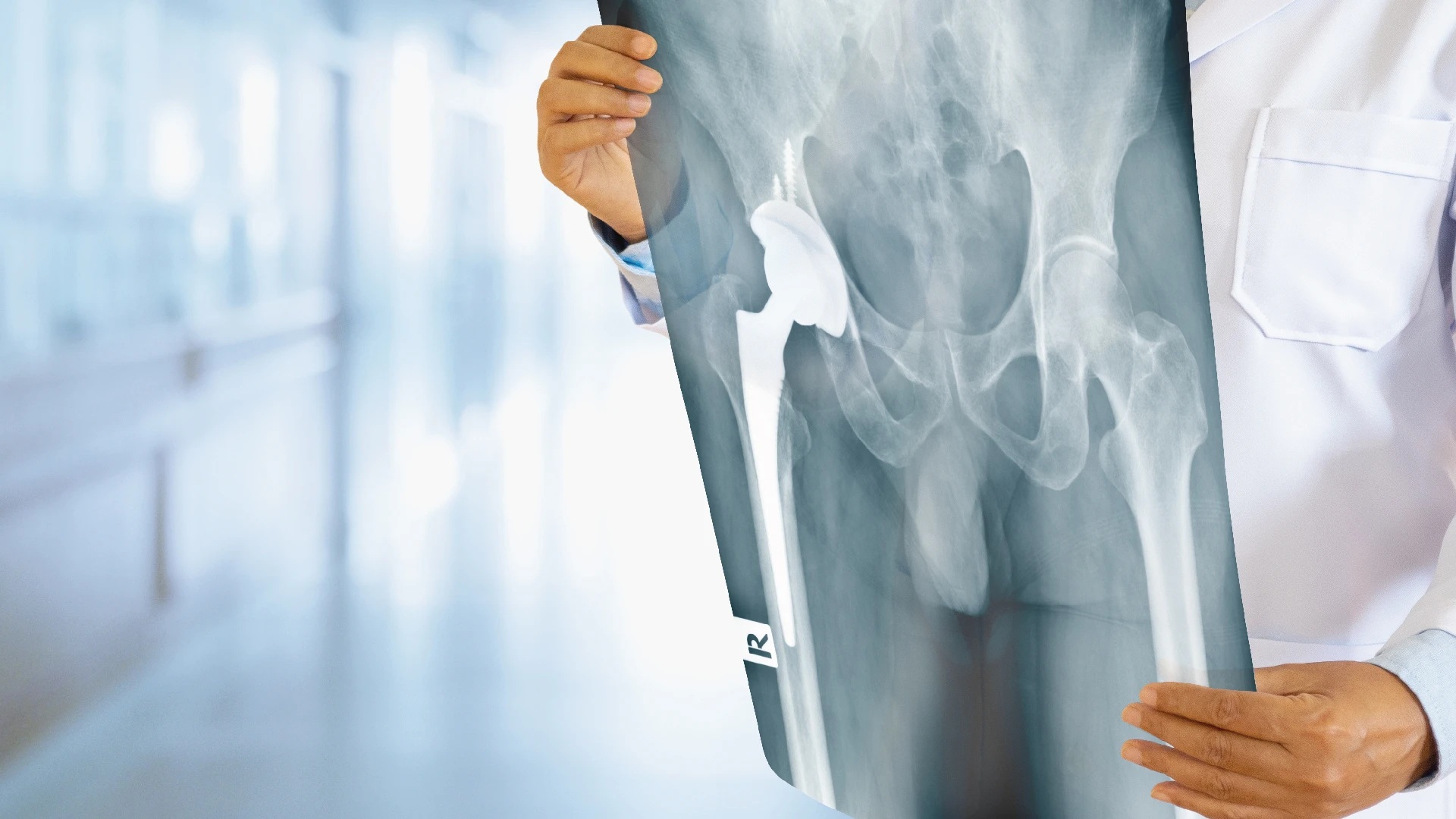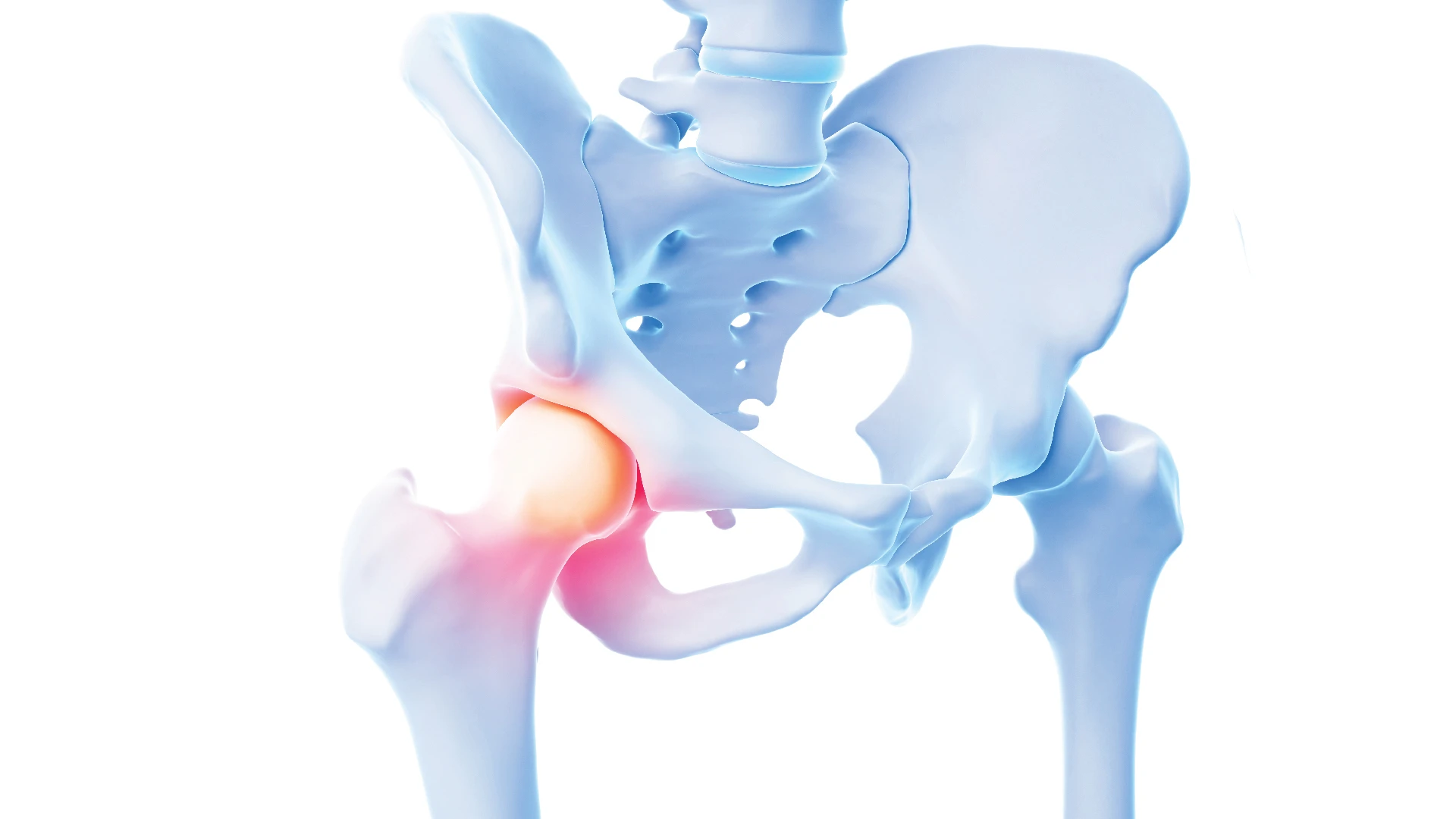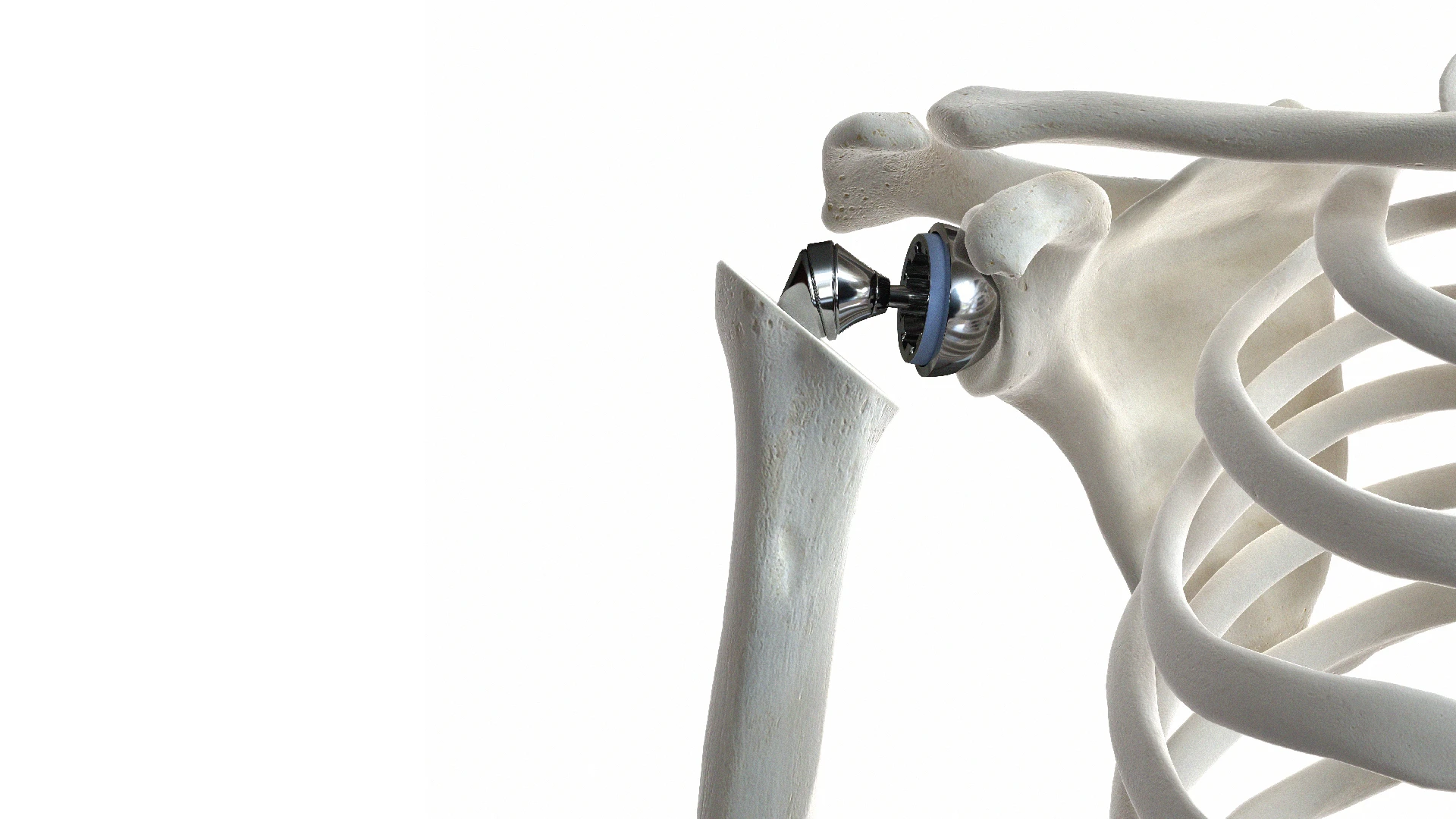ป้องกัน “ข้อเข่าเสื่อม” กับ 8 เคล็ดลับการดูแลให้แข็งแรง


“ข้อเข่า” อาจดูเหมือนเป็นแค่ข้อต่อหนึ่งในร่างกาย แต่เมื่อเริ่มมีปัญหา ความสามารถในการใช้ชีวิตประจำวันก็เปลี่ยนไปทันที จากการเดินง่าย ๆ กลายเป็นเรื่องลำบาก และจากท่าทางธรรมดา ๆ อาจกลายเป็นต้นเหตุของความเจ็บปวดที่สะสมโดยไม่รู้ตัว
บทความนี้ เราจึงอยากชวนคุณเริ่มต้นดูแลข้อเข่า เพื่อป้องกันข้อเข่าเสื่อมก่อนวัยอันควร
พฤติกรรมที่เร่งให้ข้อเข่าเสื่อมเร็วขึ้น
หลายคนอาจเริ่มตั้งคำถามกับตัวเองว่าเรากำลังใช้ข้อเข่าเกินพอดีอยู่หรือเปล่า? เพราะในความเป็นจริง พฤติกรรมเล็ก ๆ ที่เราทำอยู่ทุกวันโดยไม่รู้ตัว อาจกำลังเร่งให้ข้อเข่าค่อย ๆ เสื่อมลงอย่างช้า ๆ เช่น
การนั่งพับเพียบหรือนั่งขัดสมาธิเป็นเวลานาน การยืนหรือนั่งในท่าที่เดิมการใส่รองเท้าที่ไม่พอดีกับรูปเท้า หรือแม้แต่น้ำหนักตัวที่มากเกินไป ล้วนเพิ่มแรงกดที่ข้อเข่าอย่างต่อเนื่อง

วิธีป้องกันข้อเข่าเสื่อม
เมื่อรู้แล้วว่าพฤติกรรมบางอย่างอาจเป็นตัวเร่งให้ข้อเข่าเสื่อมเร็วขึ้น คำถามสำคัญถัดไปคือ เราจะป้องกันได้อย่างไร? ดังนั้น เรามีเคล็ดลับการดูแลข้อเข่าให้ใช้งานยาวนานขึ้น ด้วย 8 วิธีง่ายๆ ดังนี้
1. ควบคุมน้ำหนักตัวให้อยู่ในเกณฑ์
ทุกน้ำหนักที่เกินมา จะเพิ่มแรงกดบนข้อเข่าขณะเดินถึง 3-4 เท่า การลดน้ำหนักแม้เพียงเล็กน้อยก็ช่วยลดภาระของข้อเข่าได้อย่างชัดเจน จึงช่วยลดความเสี่ยงต่อการอักเสบของเนื้อเยื่อภายในข้อ และช่วยให้เคลื่อนไหวได้อย่างมั่นคงขึ้น
2. ปรับพฤติกรรมในการนั่ง ยืน เดิน
หลีกเลี่ยงการนั่งพับเพียบหรือขัดสมาธิเป็นเวลานาน หมั่นเปลี่ยนท่าทางขณะทำงานหรือระหว่างวัน และหลีกเลี่ยงการยกของหนักในท่าที่งอเข่า การเคลื่อนไหวอย่างเหมาะสม จะช่วยลดการกดทับและกระจายแรงบนข้อเข่าได้ดีขึ้น
3. เลือกรองเท้าที่เหมาะสม
รองเท้าที่ดีควรมีพื้นรองรับแรงกระแทก และมีแผ่นซัพพอร์ตอุ้งเท้า หลีกเลี่ยงรองเท้าส้นสูงหรือแบนราบเกินไปที่อาจส่งแรงกระแทกเข้าสู่ข้อโดยตรง การเลือกรองเท้าที่เหมาะสม จะช่วยป้องกันการทรุดของข้อเข่า และลดโอกาสการบิดหมุนข้อผิดมุม
4. ออกกำลังกายแบบไม่กระแทกข้อ
ว่ายน้ำ เดินเร็ว หรือปั่นจักรยาน คือการออกกำลังกายที่ช่วยเสริมความแข็งแรงของกล้ามเนื้อ โดยไม่เพิ่มแรงกระแทกที่ข้อเข่า ซึ่งจะช่วยลดการสึกของกระดูกอ่อนผิวข้อและส่งเสริมการหมุนเวียนเลือดในข้อให้ดีขึ้น
5. เสริมความแข็งแรงของกล้ามเนื้อรอบข้อเข่า
กล้ามเนื้อต้นขาด้านหน้า และด้านหลัง ที่แข็งแรงจะช่วยพยุงข้อเข่า ลดแรงกด และช่วยให้เคลื่อนไหวมั่นคงขึ้น การบริหารกล้ามเนื้ออย่างสม่ำเสมอ ยังช่วยให้การลงน้ำหนักขณะเดินหรือขึ้นลงบันไดปลอดภัยยิ่งขึ้น
6. ยืดเหยียดกล้ามเนื้อสม่ำเสมอ
เพิ่มความยืดหยุ่น ลดการตึงตัวของกล้ามเนื้อที่อาจรั้งให้ข้อเข่าเคลื่อนผิดมุม การยืดที่เหมาะสมจะช่วยลดแรงดึงผิดแนวของเส้นเอ็นและเอ็นยึดข้อ
7. ปรับสิ่งแวดล้อมรอบตัวให้เหมาะกับการใช้ข้อเข่า
เช่น การเลือกใช้เก้าอี้ที่มีความสูงพอดี มีที่วางแขนเพื่อช่วยผ่อนแรงขณะลุก-นั่ง และหลีกเลี่ยงพื้นลื่นเพื่อป้องกันการหกล้ม การใช้สภาพแวดล้อมให้เป็นมิตรกับข้อเข่า ช่วยลดโอกาสเกิดอุบัติเหตุสะสมที่จะกระทบข้อในระยะยาว
8. นอนหลับพักผ่อนให้เพียงพอ
เพราะการพักผ่อนที่ดีช่วยลดภาวะอักเสบในร่างกาย และส่งผลต่อการฟื้นตัวของข้อต่อ ร่างกายที่ได้พักอย่างเพียงพอ จะสามารถซ่อมแซมส่วนที่สึกหรอได้ดีขึ้น และลดโอกาสของการอักเสบเรื้อรังที่มีผลต่อข้อ
อาหารช่วยบำรุงข้อเข่า
ไม่ใช่แค่การออกกำลังกายหรือการปรับพฤติกรรมเท่านั้น แต่ “อาหาร” ที่เรากินทุกวันก็มีผลต่อสุขภาพของข้อเข่าด้วยเช่นกัน เช่น ปลาทะเล ผักใบเขียว เช่น คะน้า บรอกโคลี นมถั่วเหลือง หรือแม้กระทั่งน้ำสะอาดที่มีส่วนสำคัญต่อการหล่อลื่นในข้อเข่า
หมั่นตรวจเช็กสุขภาพข้อเข่า ช่วยลดความเสี่ยง
แม้จะไม่มีอาการชัดเจน แต่การตรวจข้อเข่าเป็นระยะ ก็สามารถช่วยชะลอหรือป้องกันการเสื่อมที่อาจเกิดขึ้นได้ได้เช่นกัน โดยเฉพาะผู้ที่เริ่มมีอาการ ปวดเข่าขณะเดินหรือหลังใช้งาน ข้อเข่าฝืดหรือลุกนั่งลำบาก หรือ มีเสียงดังในข้อเมื่อเคลื่อนไหว
ที่โรงพยาบาลเอส เรามีแพทย์ที่เชี่ยวชาญเฉพาะทาง ในการวินิจฉัยหาสาเหตุตั้งแต่เริ่มมีอาการ ด้วยเครื่อง X-ray หรือ MRI เพื่อประเมินสภาพของข้อเข่า เส้นเอ็น และเนื้อเยื้อโดยรอบ เพื่อช่วยวางแผนการรักษาที่เหมาะสม และลดโอกาสของการเสื่อมก่อนวัยได้
Read More
Related Services

No. 2102/9 Ladprao Road, Wang Thonglang Subdistrict, Wang Thonglang District, Bangkok 10310
Call : 02-034-0808Our Services
Quick Menu
Copyright © 2025 S Spine and Joint Hospital. All right reserved



